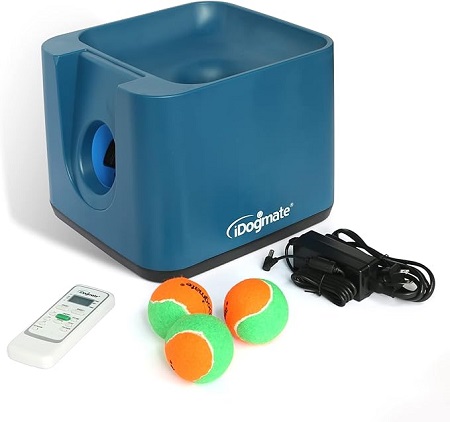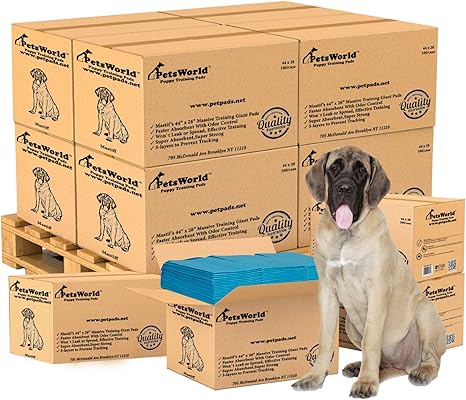How to Use Herbal Remedies for Pet Pollen Allergies
Introduction
Does your pet suffer from itchy skin, watery eyes, sneezing, or constant scratching during certain seasons If so, they might have pollen allergies! Just like humans, pets can experience seasonal allergies caused by tree, grass, and weed pollen.
While conventional medications like antihistamines and steroids help, they often come with side effects. Thankfully, natural herbal remedies can provide safe and effective relief for your pet.
In this guide, you’ll learn:
Signs of pollen allergies in pets
The best herbal remedies for relief
DIY herbal treatments for itchy skin, runny nose, and sneezing
How to prevent pollen exposure naturally
Let’s explore how to help your furry friend breathe easier and scratch less!
1. How to Identify Pollen Allergies in Pets
Before treating allergies naturally, it’s essential to recognize the symptoms.
Essentials for Your Newly Adopted Pet
Welcoming a shelter pet into your life is a beautiful journey. Here are some handpicked items to help your new friend feel safe, loved, and right at home:
Common Signs of Pollen Allergies:
Excessive scratching, licking, or biting paws
Red, inflamed, or flaky skin
Watery eyes and nasal discharge
Frequent sneezing or coughing
Ear infections or head shaking
Hair loss or hot spots
When Do Pollen Allergies Occur
Spring (tree pollen)
Summer (grass pollen)
Fall (weed pollen)
If your pet experiences worsening symptoms during these seasons, pollen might be the culprit!
2. The Best Herbal Remedies for Pollen Allergies
1. Nettle (Natural Antihistamine)
Nettle is one of the best natural antihistamines for reducing allergy symptoms.
Benefits:
Blocks histamines that trigger sneezing & itching
Reduces inflammation
Strengthens the immune system
How to Use:
Tea Form: Steep 1 tsp dried nettle leaves in hot water, let cool, and add 1-2 tsp to food.
Powder Form: Mix ¼ tsp (small dogs) or ½ tsp (large dogs) into meals daily.
2. Quercetin (The "Natural Benadryl")
Quercetin is a flavonoid found in apples and berries that helps block histamine release.
Benefits:
Reduces itchiness and inflammation
Supports respiratory health
Strengthens immune function
How to Use:
Found in foods like apples, blueberries, and kale—add small amounts to meals.
Supplements: 50mg per 10 lbs of body weight, once daily (check with a vet first).
3. Licorice Root (Soothes Itchy Skin & Allergic Reactions)
Licorice root contains natural corticosteroids, making it an excellent remedy for itchy skin and inflammation.
Benefits:
Soothes irritated skin (hot spots, redness, dryness)
Reduces sneezing and watery eyes
Supports adrenal function (for stress-related allergies)
How to Use:
Tea: Boil 1 tsp dried licorice root in 1 cup water. Let cool & add 1-2 tsp to food daily.
Topical Soother: Apply cooled licorice tea to itchy areas with a cotton ball.
Caution: Don’t use licorice root for more than 2 weeks at a time, especially for pets with heart disease or high blood pressure.
4. Aloe Vera (Relieves Skin Irritation & Hot Spots)
Aloe Vera is a cooling, anti-inflammatory herb that helps with itchy, inflamed skin.
Benefits:
Soothes rashes, hot spots, and insect bites
Moisturizes dry, flaky skin
Prevents secondary infections
How to Use:
Use fresh aloe vera gel (avoid products with added chemicals).
Apply directly to irritated skin twice daily.
Do NOT let your pet ingest aloe—it can be toxic!
5. Chamomile (Calms Skin & Respiratory Symptoms)
Chamomile is a gentle, anti-inflammatory herb that helps with itchiness and respiratory issues.
Benefits:
Reduces redness and irritation
Eases sneezing and nasal congestion
Calms anxiety (if allergies cause stress)
How to Use:
Tea Bath: Brew chamomile tea, let it cool, and pour over itchy areas.
Soothing Spray: Mix 1 cup chamomile tea with 1 tbsp apple cider vinegar in a spray bottle. Mist on itchy skin.
Drinking Water: Add 1-2 tsp cooled chamomile tea to food or water.
3. DIY Herbal Allergy Treatments for Pets
Homemade Herbal Itch Relief Spray
This easy-to-make spray relieves itchy skin, hot spots, and dryness.
Ingredients:
1 cup chamomile tea (cooled)
1 tbsp apple cider vinegar
5 drops lavender essential oil (optional)
How to Use:
Pour into a spray bottle.
Spray on itchy areas 2-3 times daily.
DIY Herbal Pet Wash for Allergy Relief
This soothing wash helps reduce pollen buildup on fur.
Ingredients:
1 tbsp dried nettle
1 tbsp dried chamomile
1 tbsp dried calendula
2 cups warm water
How to Use:
Steep herbs in warm water for 15 minutes.
Let cool, then use a soft cloth to wipe your pet’s coat after outdoor walks.
Bonus Tip: Rinse paws with this wash after walks to remove pollen buildup!
4. How to Prevent Pollen Allergies Naturally
Wipe paws & fur after walks to remove pollen
Vacuum daily to reduce indoor allergens
Use an air purifier to filter out pollen
Bathe pets weekly with chamomile or oatmeal baths
Feed anti-inflammatory foods (like coconut oil & fish oil)
5. When to See a Vet
If your pet has severe allergy symptoms, seek veterinary help if you notice:
Constant scratching that causes bleeding
Open sores or infections
Severe breathing issues (wheezing, labored breathing)
Natural remedies work best for mild to moderate allergies but severe cases need medical attention.
Conclusion
Pollen allergies can make pets miserable, but with herbal remedies, you can provide safe, natural relief.
Use nettle, quercetin, and licorice root to reduce allergy symptoms
Apply aloe vera and chamomile for skin irritation
Try homemade sprays, washes, and teas to soothe allergies
Prevent exposure with proper grooming & home cleaning
Your pet deserves an allergy-free life! Try these remedies and let us know which one works best!
Affiliate Products
We may earn a small commission when you shop through our links — it helps us keep sharing love and care for every dog out there, at no extra cost to you.
Up to 75% Discount

Dog Collar with Health Monitoring
BUY NOW »
Up to 55% Discount

Luxury Faux Furhuge Napping Bed
BUY NOW »




